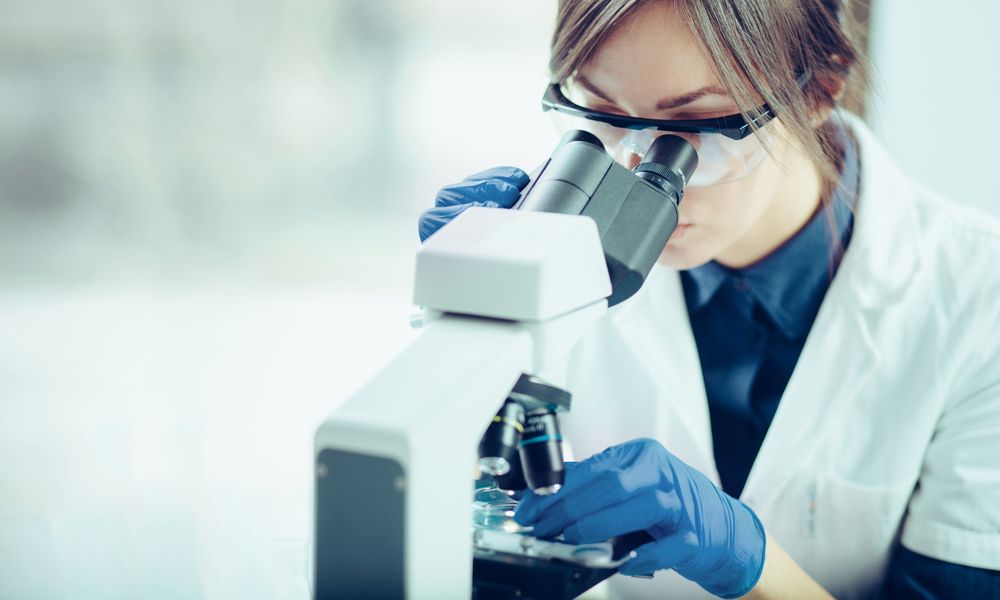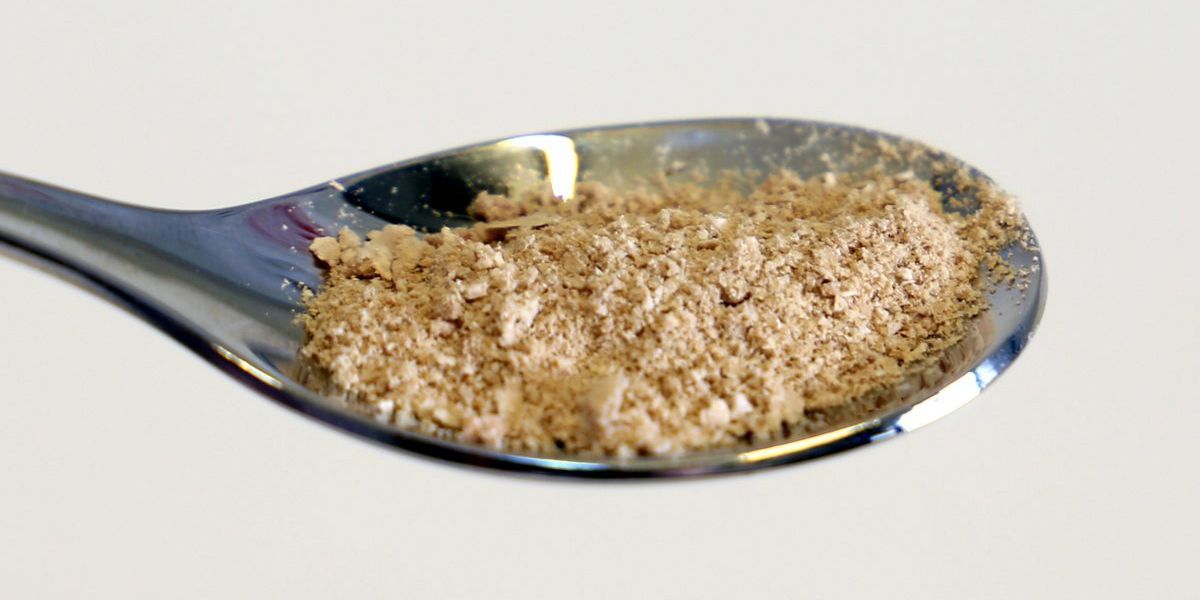Canadian consumers won’t know if they are buying a fish engineered to grow twice as fast on less food.


When you eat something loaded with sugar, your taste buds, your gut and your brain all take notice. This activation of your reward system is not unlike how bodies process addictive substances such as alcohol or nicotine — an overload of sugar spikes dopamine levels and leaves you craving more.
With this video prepared by TED-Ed, Nicole Avena explains why sweets and treats should be enjoyed in moderation.

The risk associated with any climate change impact reflects intensity of natural hazard and level of human vulnerability. Previous work has shown that a wet-bulb temperature of 35°C can be considered an upper limit on human survivability. On the basis of an ensemble of high-resolution climate change simulations. we project that extremes of wet-bulb temperature in South Asia are likely to approach and. in a few locations. exceed this critical threshold by the late 21st century under the business-as-usual scenario of future greenhouse gas emissions. The most intense hazard from extreme future heat waves is concentrated around densely populated agricultural regions of the Ganges and Indus river basins. Climate change. without mitigation. presents a serious and unique risk in South Asia. a region inhabited by about one-fifth of the global human population. due to an unprecedented combination of severe natural hazard and acute vulnerability.
The risk of human illness and mortality increases in hot and humid weather associated with heat waves. Sherwood and Huber proposed the concept of a human survivability threshold based on wet-bulb temperature (TW). TW is defined as the temperature that an air parcel would attain if cooled at constant pressure by evaporating water within it until saturation. It is a combined measure of temperature [that is. dry-bulb temperature (T)] and humidity (Q) that is always less than or equal to T. High values of TW imply hot and humid conditions and vice versa. The increase in TW reduces the differential between human body skin temperature and the inner temperature of the human body. which reduces the human body’s ability to cool itself. Because normal human body temperature is maintained within a very narrow limit of ±1°C. disruption of the body’s ability to regulate temperature can immediately impair physical and cognitive functions.
Dr. Neal Barnard says: “More colorful vegetables and fruits, a 40-minute brisk walk, vitamin E and less dairy products, cheese, and milk can protect you from alzheimer’s and dementia.”
Dr. Neal Barnard has led numerous research studies investigating the effects of diet on diabetes, body weight, and chronic pain, including a groundbreaking study of dietary interventions in type 2 diabetes, funded by the National Institutes of Health. Dr. Barnard has authored over 70 scientific publications as well as 17 books.
“We can change our diet, we don’t really need that cheese and that bacon. There’s plenty of healthy things that we can eat. Let’s bring in the colorful vegetables and fruits, let’s make them part of our everyday fair. Let’s lace up our sneakers, let’s exercise together.”

Researchers in Cambridge have created a new approach for creating and transplanting artificial bile ducts with the aim of treating liver disease in children and reducing the need for transplants.
The research, published in the journal Nature Medicine, shows how the researchers grew 3D cell structures and transplanted them into mice[1]. These structures then developed into functional bile ducts.
The bile ducts are long, tubular structures that carry bile secreted by the liver which is critical for helping us to digest our food. When these ducts do not function properly, such as in childhood diseases like biliary atresia, it can lead to a damaging buildup of bile in the liver.

A batch of single-cell protein has been produced by using electricity and carbon dioxide in a joint study by the Lappeenranta University of Technology (LUT) and VTT Technical Research Centre of Finland. Protein produced in this way can be further developed for use as food and animal feed. The method releases food production from restrictions related to the environment. The protein can be produced anywhere renewable energy, such as solar energy, is available.” In practice, all the raw materials are available from the air. In the future, the technology can be transported to, for instance, deserts and other areas facing famine.
For copyright matters please contact us at: [email protected]
Healthy food isn’t always tasty. But with regards to bananas, this isn’t the case. Which is why it’s doubly pleasing to learn that they not only bring satisfaction to your taste buds but also a great many benefits to your health.
We at Bright Side have gathered together all the evidence showing why eating just two bananas a day can seriously improve your health.
—————————————————————————————
Our Social Media:
Facebook: https://www.facebook.com/brightside/
Instagram: https://www.instagram.com/brightgram/
5-Minute Crafts Youtube: https://www.goo.gl/8JVmuC

In the hopes of rising above the laws and regulations of terrestrial nations, a group of Silicon Valley millionaires has bold plans to build a floating city in Tahiti, French Polynesia. It sounds like the start of a sci-fi dystopia (in fact, this is the basic premise behind the video game Bioshock), but the brains behind the project say their techno-libertarian community could become a paradise for technological entrepreneurship and scientific innovation.
The Seasteading Institute was set up in 2008 by billionaire PayPal founder Peter Thiel and software engineer, poker player, and political economic theorist Patri Friedman. Both ardent libertarians, their wide-eyed mission is to “establish permanent, autonomous ocean communities to enable experimentation and innovation with diverse social, political, and legal systems.”
“Seasteading will create unique opportunities for aquaculture, vertical farming, and scientific and engineering research into ecology, wave energy, medicine, nanotechnology, computer science, marine structures, biofuels, etc,” their website reads.

Forget swiping a credit card or badge to buy food at work. One Wisconsin-based tech firm is offering to install rice-size microchips in its employees’ hands.
Three Square Market will be the fir st firm in the U.S. to use the device, which was approved by the FDA in 2004, CEO Todd Westby told CNBC on Monday.
“We think it’s the right thing to do for advancing innovation just like the driverless car basically did in recent months,” he said in an interview with “Closing Bell.”